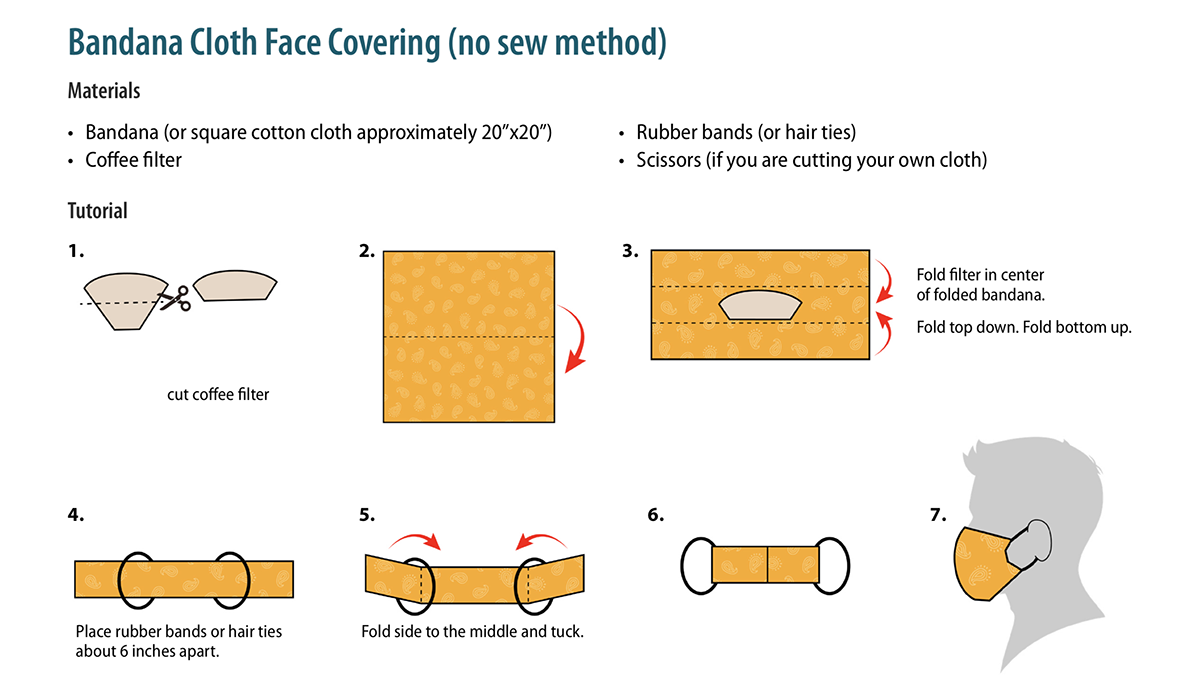The CDC (Centers for Disease Control) is now recommending that the general public use face coverings when entering a public space where social distancing practices are challenging to maintain, such as a grocery store or at the pharmacy. The practice should be observed especially in places with significant community spread.
The CDC’s new recommendation, which was announced on April 3, was made in light of new scientific evidence showing that a large portion of those who have COVID-19 do not show symptoms. It’s possible for those who are currently asymptomatic but will eventually show symptoms to transmit the virus, as well.
The virus spreads primarily through mucus droplets that are ejected from the mouth or nose of an infected person when he or she coughs, sneezes, or talks. Wearing a mask can help prevent infected droplets from being released and landing on other people. It can also help protect the wearer from coming in contact with infected particles.
As part of the announcement, the CDC emphasized that social distancing (standing six feet apart from others) remains the best method for preventing the spread of the virus. Other recommended measures, such as practicing self-isolation and frequent hand-washing, are still part of the overall prevention strategy and should continue to be practiced by the population.
Shortages of medical-grade masks persist throughout the country, and the CDC recommends that surgical masks and N95 respirators be reserved for health care workers. Instead, members of the public are asked to wear cloth face coverings, which can be simple or elaborate, depending on your sewing skills.
According to the CDC, cloth masks should:
- Fit snugly but comfortably against the side of the face
- Be secured with ties or ear loops
- Include multiple layers of fabric
- Allow for breathing without restriction
- Be able to be laundered and machine dried without damage or change to shape
Cloth face coverings should NOT be placed on children under age 2, anyone who has trouble breathing, or is unconscious, incapacitated, or otherwise unable to remove the mask without assistance.
Not sure what to wear? Below are a few options for creating a homemade mask.
Keep it simple:
You can make a simple, inexpensive mask by getting creative with household items. If you’re not confident with a sewing machine, you can modify a bandana, T-shirt or a pillowcase into a mask by following the CDC’s instructions below.
In the video below, U.S. Surgeon General Jerome Adams demonstrates how you can make a mask out of an old T-shirt and some rubber bands.
Use a Sewing Machine:
If you feel confident using a sewing machine, the CDC has a four-step guide for you to follow. The instructions below require two pieces of cotton fabric and elastic bands. You can use rubber bands for straps, or you may be able to find sturdier elastic straps at your local craft store.
For more pointers on how to sew a mask, watch the video below from The Washington Post:
For more tips on how to prevent the spread of COVID-19, click here.




Recent Comments